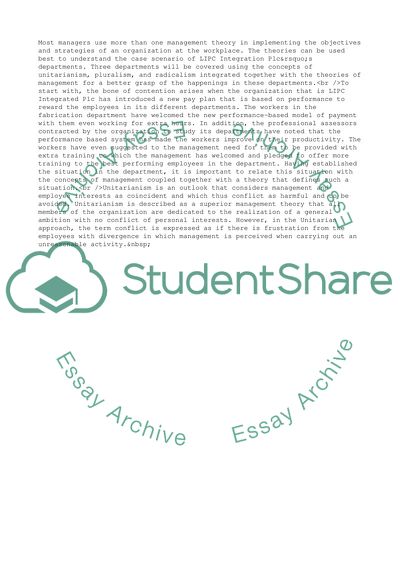Cite this document
(Enterprise Departments and Unions Case Study Example | Topics and Well Written Essays - 1500 words - 1, n.d.)
Enterprise Departments and Unions Case Study Example | Topics and Well Written Essays - 1500 words - 1. https://studentshare.org/management/1862541-understanding-management
Enterprise Departments and Unions Case Study Example | Topics and Well Written Essays - 1500 words - 1. https://studentshare.org/management/1862541-understanding-management
(Enterprise Departments and Unions Case Study Example | Topics and Well Written Essays - 1500 Words - 1)
Enterprise Departments and Unions Case Study Example | Topics and Well Written Essays - 1500 Words - 1. https://studentshare.org/management/1862541-understanding-management.
Enterprise Departments and Unions Case Study Example | Topics and Well Written Essays - 1500 Words - 1. https://studentshare.org/management/1862541-understanding-management.
“Enterprise Departments and Unions Case Study Example | Topics and Well Written Essays - 1500 Words - 1”. https://studentshare.org/management/1862541-understanding-management.


